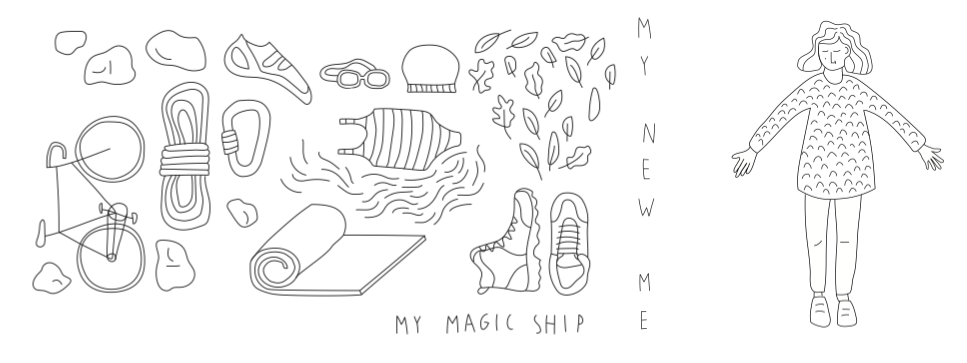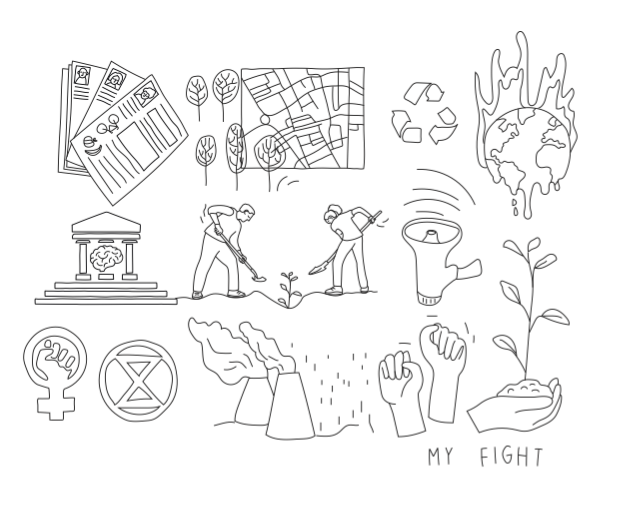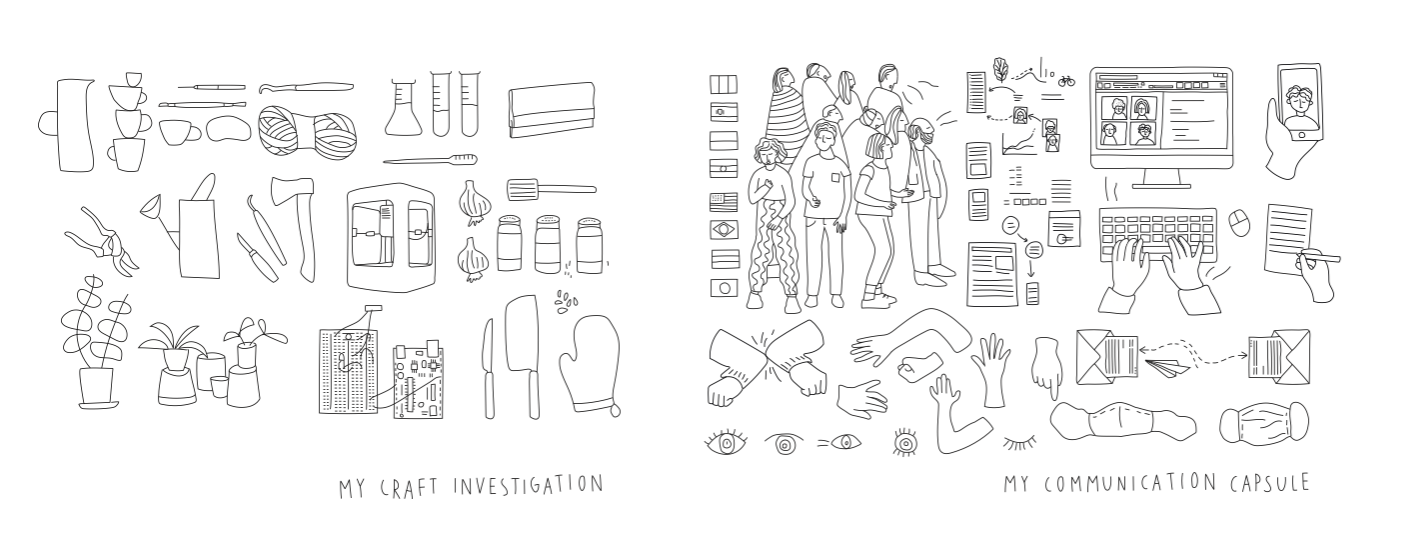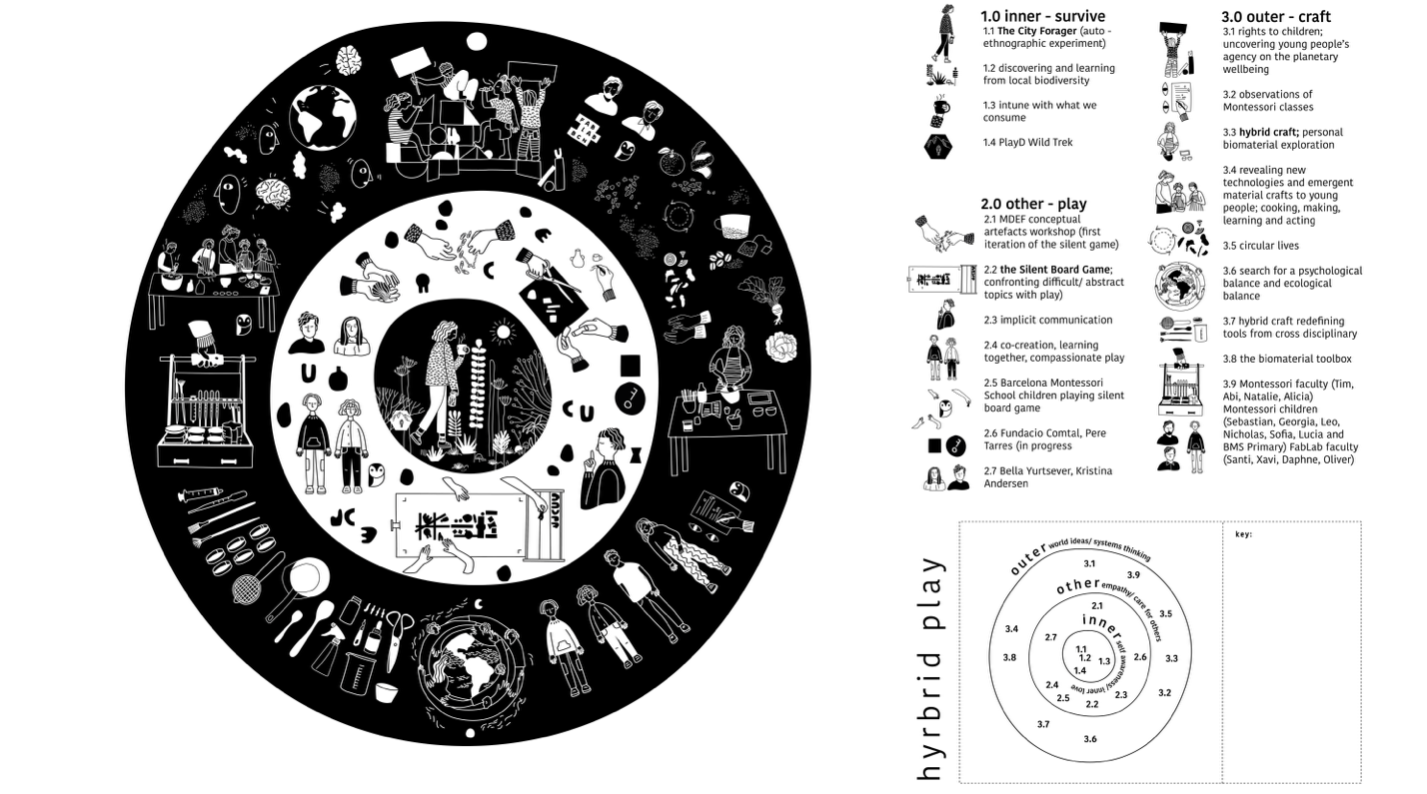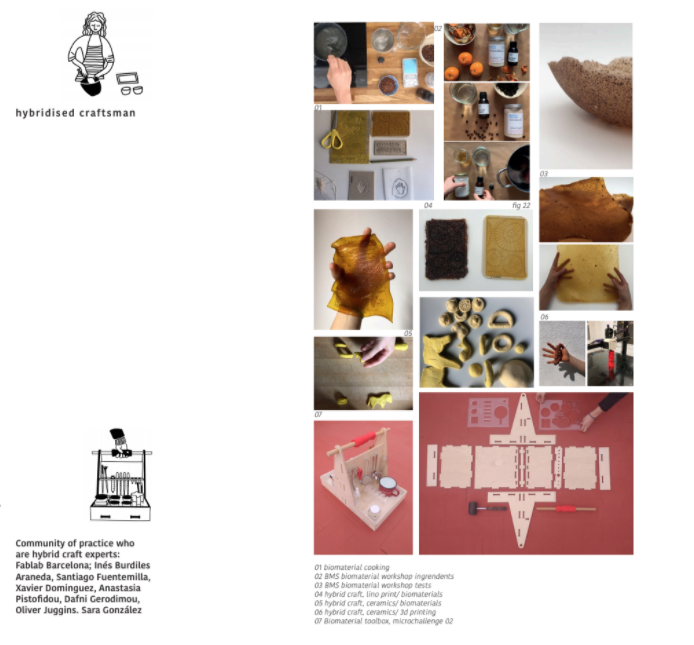Self-Reflexive activations
(positionality, boundaries, network)
(positionality, boundaries, network)
Here we present a few assignments that are aimed at creating awareness in the practitioners on the contexts and scales they are inhabiting and their positionality in them. The routines they are following. The infrastructure, social connections and tools that could become relevant to them. Ultimately, the motivations and interests they are bringing to the research they are starting.
My new me
As practitioners, we are influenced by the contexts, materialities, infrastructures, power structures, social bonds and motivations that we embody throughout the day. These, in turn, are always shifting, creating ever-evolving “new normals” in which we develop our practice and ourselves. How can we bring these inter-relations into awareness in our practice? The following activations invite the participant to reflect on who they are as as agentic actors constantly related, limited, shaped by and encouraged by the different elements in the socio-technical systems they are part of.
My new augmented context
To be able to engage in futures scouting from a First Person Perspective (1PP) it is fundamental to gain awareness of the tools, materialities, infrastructures, communities of practice and social networks that are part of the socio-technical system we are designing with. The following exercises offer a methodology and a system to develop and document these references and relationships.
